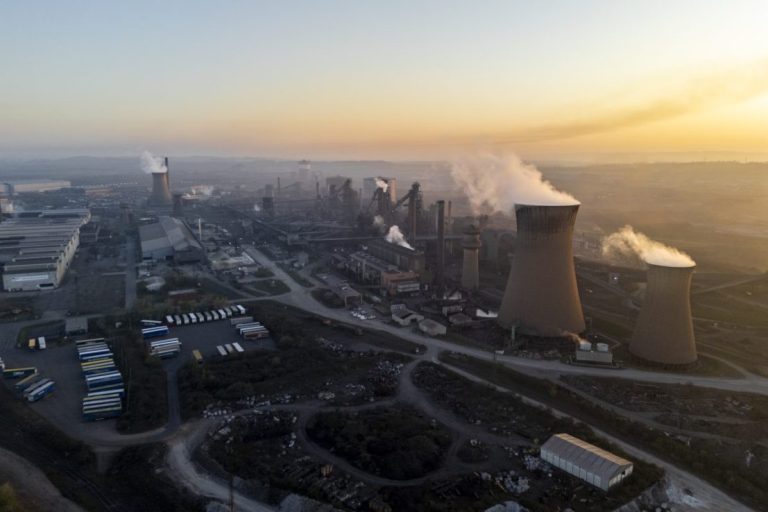
In a day marked by significant disruption, Heathrow Airport has announced its intention to resume some flights after a prolonged shutdown caused by an electrical fire at a nearby substation in West London. The incident, which halted all airport operations throughout Friday, prompted a swift response from officials and emergency services, underlining the critical need for robust infrastructure systems. Now, with an interim power supply solution secured, the airport is poised to take its first steps toward operational recovery.
The Immediate Response
The electrical fire at the substation initially plunged London’s busiest airport into an unexpected standstill. Emergency services, along with teams from the National Grid, responded promptly to the crisis, working around the clock to restore power. A spokesperson from Heathrow emphasized the dedication of their teams, « Our teams have worked tirelessly since the incident to ensure a speedy recovery. We’re pleased to say we’re now safely able to begin some flights later today. »
The initial flights set to depart include crucial repatriation services and aircraft relocations. However, passengers are urged not to head to the airport unless directly advised by their respective airlines, keeping in mind the primary objective of ensuring safety and minimizing chaos.
Expected Operational Resumption
Heathrow Airport has expressed its hope to return to full operation by the following day, emphasizing that passenger safety remains paramount. As the situation gradually stabilizes, further updates will be provided to assist both passengers and airlines in navigating the aftermath of this disruption.
The circumstances surrounding this incident draw parallels to past disruptions, notably the lengthy shutdown due to snow in December 2010. During that episode, the airport saw cancellations of over 4,000 flights across five days, highlighting the extensive ripple effects such events can have on air travel and logistics.
Government and Institutional Reactions
The gravity of the situation has not gone unnoticed at governmental levels. Sir Keir Starmer communicated his engagement with ongoing updates, expressing gratitude toward emergency workers for their tireless efforts. He stated, « I’m receiving regular updates and I’m in close contact with partners on the ground. Thanks to our emergency workers for keeping people safe. »
In a similar vein, London Mayor Sadiq Khan has urged the public to heed travel advisories and avoid unnecessary movement towards the airport until conditions are confirmed stable.
Infrastructure Concerns and Future Implications
The incident serves as a poignant reminder of the vulnerability of critical infrastructure. Sree Kochugovindan, a senior research economist at Aberdeen, underscored this sentiment: « This is a wake-up call for the importance of reinforcing and modernising critical infrastructure. »
In response, Ofgem, the energy regulator, has pledged to conduct a comprehensive review to determine the root cause of the fire and extract valuable lessons for future infrastructural resilience. « Once power is restored, we will commission a review to understand the cause of this incident and what lessons can be learnt, » a spokesperson stated.
Overall, this event highlights the essential balance between swift crisis management and long-term strategic planning in maintaining one of the world’s busiest transportation hubs. As Heathrow navigates the intricacies of recovery, it does so with an eye towards safeguarding against future occurrences of this nature, reinforcing its role as a critical node in global air traffic.




